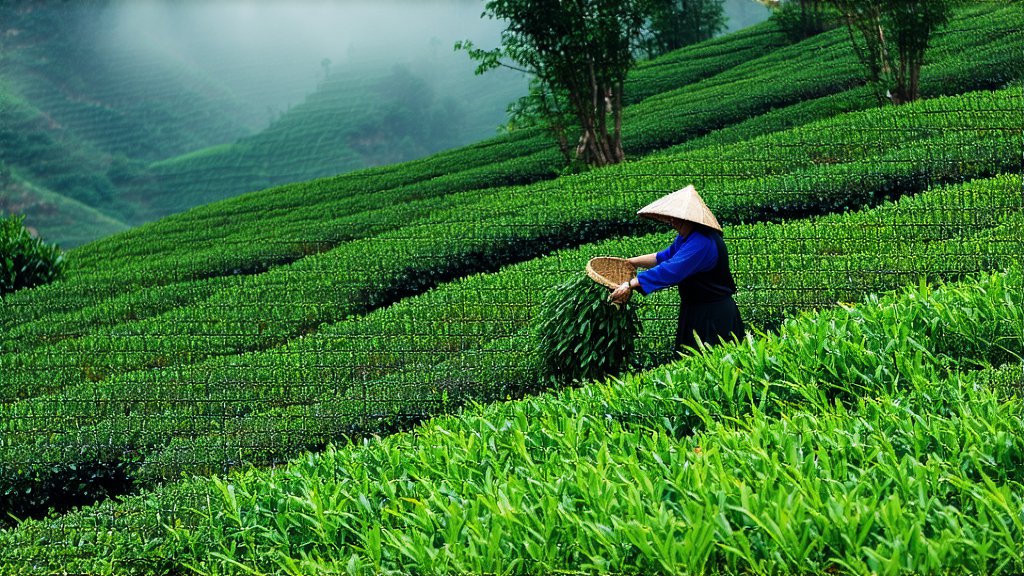
Keemun black tea, known as "Qi Hong" in Chinese, is a type of black tea that originates from the Huangshan region of Anhui Province in China. It is one of the most famous and historically significant black teas in China, renowned for its unique flavor profile and rich history. This article will delve into the history, varieties, production techniques, and tasting methods of Keemun black tea, providing an in-depth look at this beloved tea.
History of Keemun Black Tea
The history of Keemun black tea dates back to the 19th century. It was during this time that the British East India Company discovered the potential of Chinese black tea and began exporting it to Europe. Keemun, with its distinct aroma and flavor, quickly gained popularity among European tea drinkers. The tea's name is derived from the Qi Men County, where it was first produced, and it has since become synonymous with high-quality black tea from China.
Varieties of Keemun Black Tea
Keemun black tea is categorized into several grades, each with its own unique characteristics. The main varieties include:
-
Keemun Mao Feng: This is the highest grade of Keemun black tea, known for its tight, twisted leaves and full-bodied flavor. It is often referred to as "black gold" due to its high quality and rich, golden liquor.
-
Keemun Hao Ya: This variety features larger leaves and a more robust flavor compared to Mao Feng. It is often used in blends to add depth and complexity to the tea.
-
Keemun Congou: Congou is a lower grade of Keemun black tea, with broader leaves and a more rustic flavor. It is often used for everyday drinking and is known for its affordability and accessibility.
-
Keemun Souchong: Souchong is another lower grade of Keemun, with a more pronounced smoky flavor due to the longer oxidation process. It is often used in blends or as a base for flavored teas.
Crafting Keemun Black Tea
The production of Keemun black tea involves several key steps:
-
Picking: The tea leaves are handpicked in the early morning when they are covered in dew. This ensures that the leaves are fresh and full of nutrients.
-
Withering: The freshly picked leaves are spread out to wither, which helps to reduce their moisture content and initiate the oxidation process.
-
Oxidation: The withered leaves are then piled and allowed to oxidize, which is what gives black tea its characteristic dark color and robust flavor. The oxidation process for Keemun is typically shorter than that of other black teas, resulting in a lighter, more delicate flavor.
-
Firing: The oxidized leaves are then fired to stop the oxidation process and dry the leaves. This step also helps to develop the tea's aroma and flavor.
-
Sorting and Grading: Finally, the dried leaves are sorted and graded according to size and quality, resulting in the different varieties of Keemun black tea.
Tasting Keemun Black Tea
Tasting Keemun black tea is an art that requires attention to detail and a discerning palate. Here are some steps to follow when tasting Keemun:
-
Preparation: Use fresh, filtered water that has been brought to a boil and then allowed to cool slightly. The water temperature should be around 200°F (93°C) to ensure proper infusion of the tea leaves.
-
Steeping: Place 1-2 teaspoons of Keemun tea leaves in a teapot or infuser. Pour the hot water over the leaves and let them steep for 3-5 minutes, depending on the grade of the tea. Lighter grades like Mao Feng may require a shorter steeping time, while darker grades like Souchong can handle a longer steep.
-
Observation: As the tea steeps, observe the color of the liquor. Keemun black tea should have a bright, clear, and reddish-brown color. The color can vary depending on the grade and oxidation level of the tea.
-
Aroma: Once the tea has steeped, take a moment to appreciate the aroma. Keemun black tea is known for its sweet, floral, and fruity notes, with hints of cocoa and honey.
-
Tasting: Take a sip of the tea and let it coat your palate. Pay attention to the flavor profile, which should be balanced and complex, with a smooth, malty sweetness